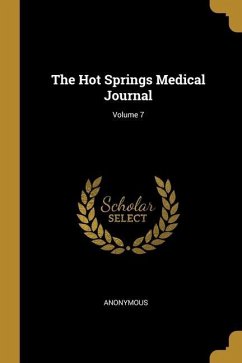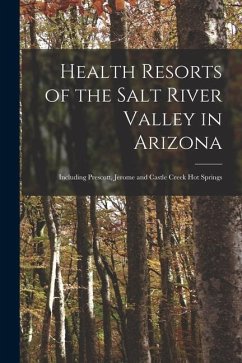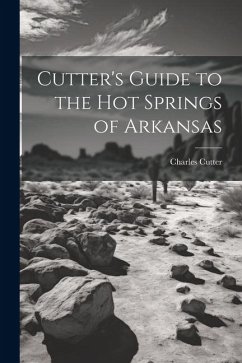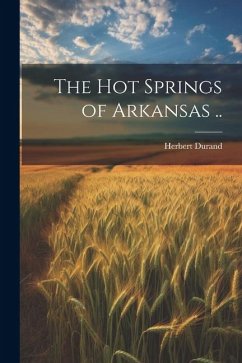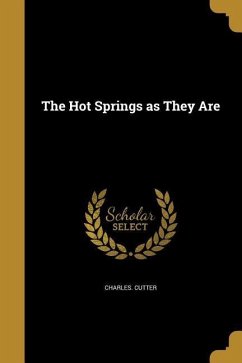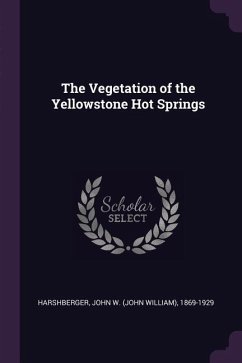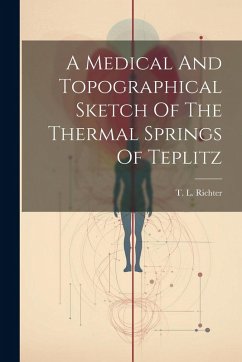
When Hot Springs Was A Pup
Versandkostenfrei!
Versandfertig in 1-2 Wochen
16,99 €
inkl. MwSt.

PAYBACK Punkte
8 °P sammeln!
Badger Clark was already famous when he wrote "When Hot Springs Was a Pup", likely a fund-raising project for the local Kiwanis Club in 1927. Clark extolled the virtues and foibles of his little community on the edge of the Black Hills, from its beginnings as a Lakota place of healing to its current status as a destination resort. Hot Springs, South Dakota is still a unique, thriving community, home to artists, craftspeople and the world-famous Evans Plunge. Charles Badger Clark Jr., known as Badger Clark, became the first poet laureate of South Dakota in 1937. He lived and worked in his cabin...
Badger Clark was already famous when he wrote "When Hot Springs Was a Pup", likely a fund-raising project for the local Kiwanis Club in 1927. Clark extolled the virtues and foibles of his little community on the edge of the Black Hills, from its beginnings as a Lakota place of healing to its current status as a destination resort. Hot Springs, South Dakota is still a unique, thriving community, home to artists, craftspeople and the world-famous Evans Plunge. Charles Badger Clark Jr., known as Badger Clark, became the first poet laureate of South Dakota in 1937. He lived and worked in his cabin, dubbed "The Badger Hole", until his death in 1957, writing poems and humorous short stories depicting the cowboy life. Self-described as a "poet lariat", he enjoyed spinning his tales for audiences across the country, as he became a much sought-after speaker for events ranging from rural junior high and high school graduations to women's club meetings. Except for added electricity, the cabin remains as it was when Badger Clark died at age 74. In summer, volunteers show visitors how simply the poet lived, with kerosene lamps, and a storage box below the kitchen where he kept perishable food and ice when he could afford it. His boots are lined up as if he had just walked out the door, and a table holds the typewriter on which he composed poems. Above his fireplace hands a saying recalling his hospitality as well as the time he spent in Cuba. "Mi Casa Es Suya": My house is yours. Expanded edition with over 100 photographs and notes by the editors Historian and author Peggy Sanders and author Linda M. Hasselstrom worked together to create this text to bring Badger Clark's words to a new audience. This updated and revised edition contains additional notes and commentary; a biographical sketch of Clark, "Requiem for a Cowboy Poet", by Peggy Sanders; and a timeline of Badger's life. The book provides an abundance of detail on the early days of Hot Springs, with over 100 historical photographs, maps and illustrations.




